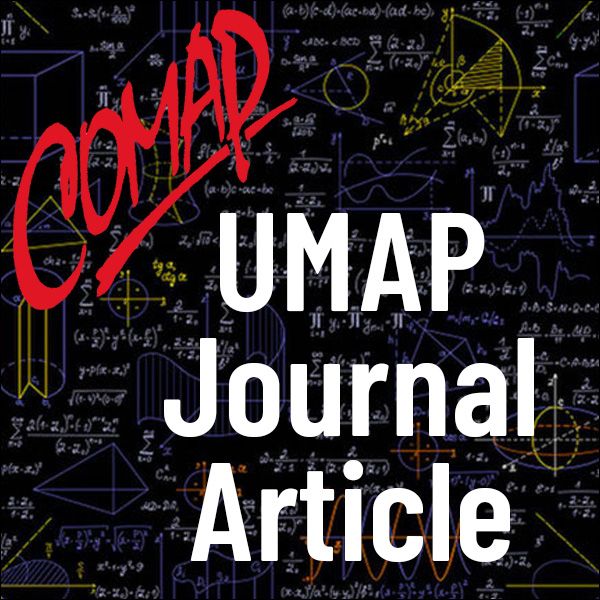Optimal Staffing at the Baltimore City Fire Department (UMAP)
Author: Andrew Engel, Coy L. May
The Baltimore City Fire Department provides fire suppression and emergency medical services for the citizens of Baltimore City. Baltimore City comprises 81 square miles of the older "inner city" section of the metropolitan area. (Baltimore City is surrounded by Baltimore County, but the governments are independent.) The city is characterized by row houses, most of which are brick, with some freestanding homes in outlying sections. The city's population has declined steadily since World War II and is now approximately 650,000. The population of the entire metropolitan region has risen, however, to about 2,500,000. There are 39 fire stations located around the city, with a total of approximately 1,500 individuals working in fire suppression and emergency medical services (EMS). There are about 375 employed on each shift. The Fire Department, for reasons of public safety, staffs all fire suppression and EMS positions at all times. Each time a position cannot be filled by a regularly scheduled employee, an off-duty employee must be "called back" to fill this position. Since this employee is working overtime, he or she is paid at one and one-half times the individual's normal rate. This practice leads to large overtime expenses in the Fire Department. In a typical year, the Fire Department was $2 million over its budget in overtime. The Fire Department asked the Applied Mathematics Laboratory of Towson University to analyze their scheduling process during the 2002-03 academic year, as part of an effort to reduce their total expenditure on salaries. A team of six undergraduates led by two faculty members studied the problem for two semesters. The project culminated when the student research team presented their results to Baltimore Mayor Martin O'Malley, his staff, and Fire Department officials at a briefing at City Hall in May, 2003. The team's analysis suggests that the city could save as much as $250,000 per year by adjusting the staffing in the Fire Department. The presentation and the students' results received media attention, including a segment on a local television newscast (May 8, 2003, Fox 45, WBFF) and an article from the Associated Press.
Table of Contents:
IMPACT OF THE SERVICE EFFORT
Introduction
The Applied Mathematics Laboratory and Identification of the Problem
Focus of the Study
The staffing problem
General approach and techniques
Conclusion and benefits
MODELING AND QUANTITATIVE ANALYSIS
Introduction
The Detailed Staffing Problem
The Mathematical Model
Assumptions
Statistical analysis
Optimal staffing model
Results
Conclusions
Analysis of the model
Future applications
REFERENCES
ABOUT THE AUTHORS

Mathematics Topics:
Application Areas:
You must have a Full Membership to download this resource.
If you're already a member, login here.